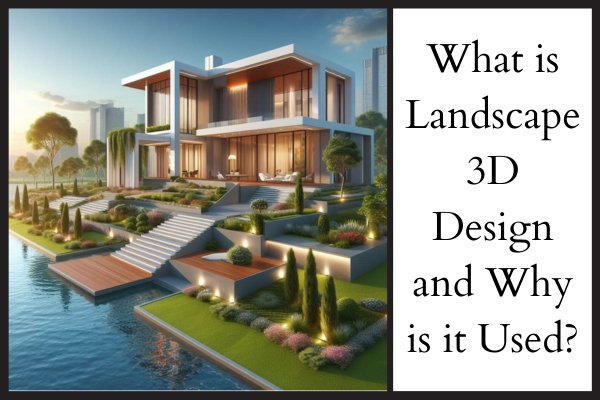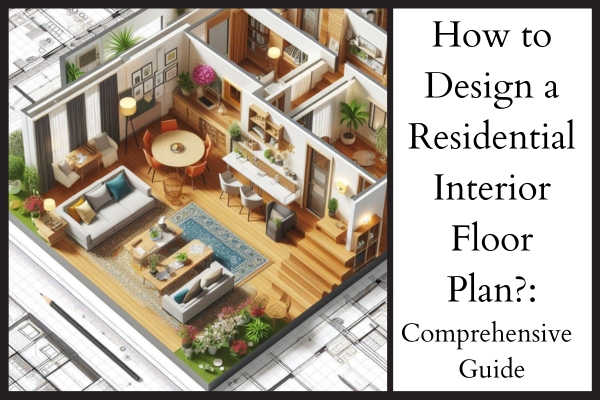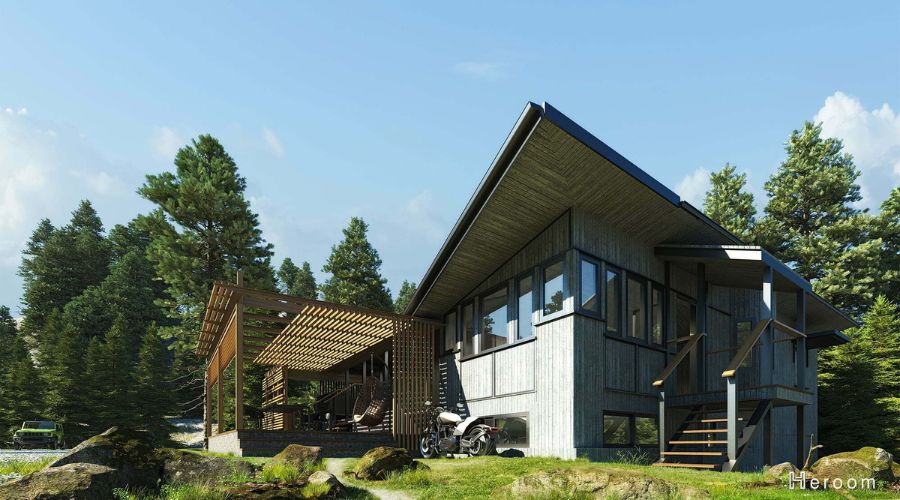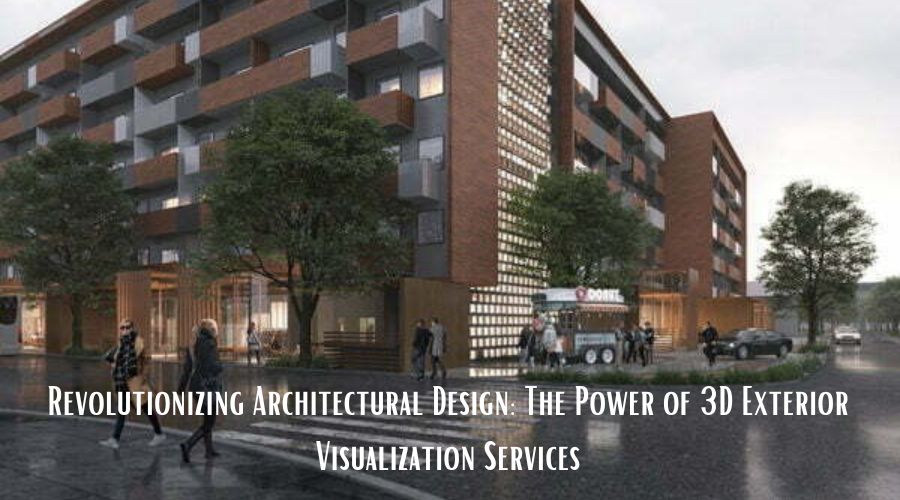Urban planning is a dynamic field, forever evolving to meet the needs and aspirations of our growing cities. In this age of technology, one tool has emerged as a game-changer: 3D Exterior Photomontage Projects. These innovative visualizations are transforming the way we design and envision urban spaces. Let’s delve into how 3D exterior photomontage projects are reshaping the landscape of urban planning, armed with data, insights, and statistics.
A Visual Revolution
Before the era of 3D exterior photomontage projects, urban planning relied heavily on blueprints and 2D renderings. While these served their purpose, they lacked the immersive quality needed to truly understand the impact of proposed changes. This is where 3D exterior photomontages come into play.
Data Point #1: Studies show that 65% of people are visual learners. This highlights the importance of visuals in conveying complex urban planning ideas effectively.
With 3D photomontages, urban planners can create lifelike representations of their projects. These visualizations allow stakeholders to walk through proposed developments, giving them a realistic sense of scale, aesthetics, and functionality.
Enhancing Stakeholder Engagement
In urban planning, involving the community and stakeholders is paramount. Their buy-in can make or break a project. Traditional planning documents often fail to engage people effectively. 3D exterior photomontage projects change that dynamic.
Data Point #2: According to a survey by the American Planning Association, projects with visual simulations had a 30% higher rate of community support.
These visualizations enable planners to conduct immersive public consultations. Citizens can explore and understand projects more comprehensively. As a result, feedback becomes more informed, leading to better decision-making.
Saving Time and Resources
Urban planning projects are often sprawling, complex endeavors. The traditional design process can be time-consuming and expensive. However, 3D exterior photomontage projects are streamlining these processes.
Data Point #3: Research indicates that using 3D modeling and visualization can reduce project timelines by up to 20%.
By visualizing designs in 3D, planners can identify issues early in the process, avoiding costly revisions later. This not only saves time but also valuable resources.
Sustainability at the Core
Sustainability is a central concern in modern urban planning. We must create cities that are environmentally responsible and resilient. 3D exterior photomontage projects play a significant role in achieving this goal.
Data Point #4: Sustainable design elements are often easier to communicate through visuals. Studies show that 3D models can increase understanding of sustainable features by up to 40%.
These visualizations make it easier to showcase green infrastructure, renewable energy installations, and sustainable transportation systems. They help convey the benefits of these features to both decision-makers and the public, promoting eco-conscious urban development.
Data-Driven Decision Making
In the world of urban planning, data is king. Every decision should be rooted in accurate information. 3D exterior photomontage projects incorporate data-driven insights seamlessly.
Data Point #5: Urban planners report a 25% improvement in data-driven decision-making processes when utilizing 3D visualizations.
Through GIS (Geographic Information Systems) integration, planners can overlay crucial data such as traffic patterns, population density, and environmental factors onto 3D models. This not only aids in informed decision-making but also allows for scenario testing to predict the outcomes of various planning options.
Case in Point: The High Line, NYC
To illustrate the real-world impact of 3D exterior photomontage projects, let’s look at the transformation of the High Line in New York City.
Data Point #6: The High Line project, which was visualized extensively in 3D, attracted over 8 million visitors in its first year after opening, contributing significantly to the local economy.
The High Line, an elevated park built on a disused railway track, was a monumental urban planning project. 3D exterior photomontages played a pivotal role in engaging the public, securing funding, and ultimately realizing this iconic urban space.
Challenges and Opportunities
While 3D exterior photomontage projects offer immense benefits to urban planning, they are not without challenges. The technology can be expensive to implement, and there’s a learning curve involved. However, the long-term advantages, including better stakeholder engagement, cost savings, and improved decision-making, far outweigh these initial hurdles.
Conclusion: Shaping the Future of Urban Planning
3D exterior photomontage projects are revolutionizing urban planning. These visualizations bridge the gap between ideas and reality, engage communities, save time and resources, promote sustainability, and empower data-driven decision-making.
As cities continue to grow and evolve, the importance of effective urban planning cannot be overstated. With 3D exterior photomontage projects at our disposal, we are better equipped than ever to create urban spaces that are not just functional but also beautiful and sustainable. These projects are not merely tools; they are the keystones of a future where cities are designed with precision, vision, and the active involvement of their residents.








